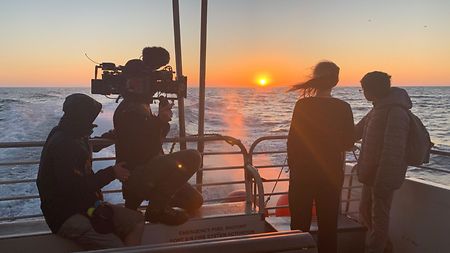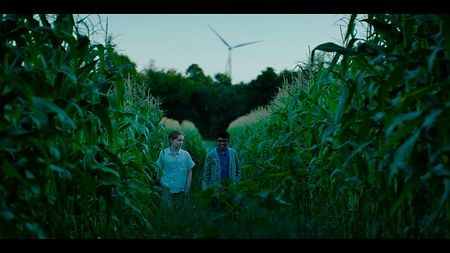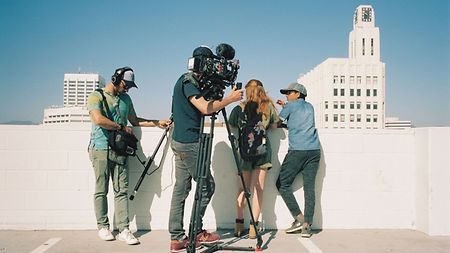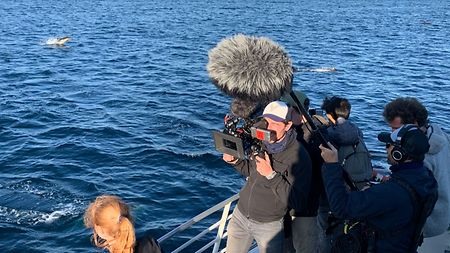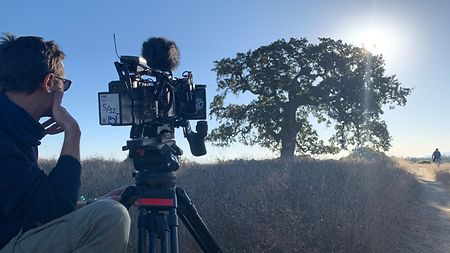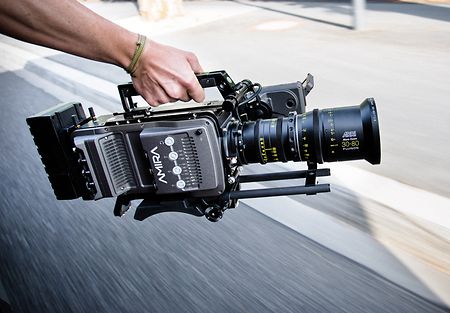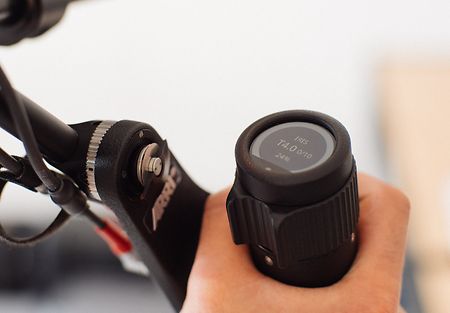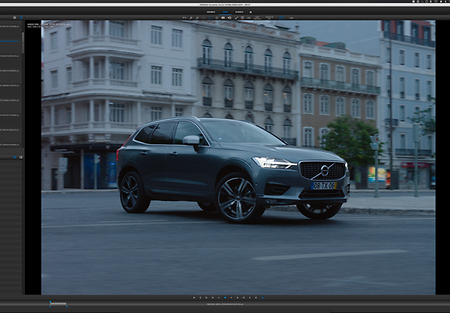After the success of “Tomorrow” by Cyril Dion and Mélanie Laurent, director of photography Alexandre Léglise chose the ARRI AMIRA and ARRI Master Grips for “Animal,” Dion’s latest documentary. Currently in postproduction, “Animal” examines mankind’s place on planet Earth. In an interview with ARRI, Léglise reminisces on filming all over the world, the grueling conditions of such an undertaking, and how he was able to make the most out of the AMIRA’s ARRIRAW recording option.
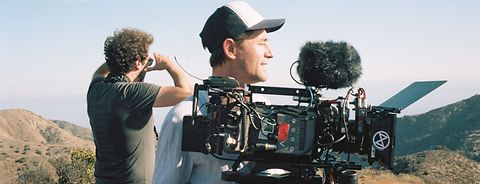
DP Alexandre Léglise on the documentary “Animal” shot on ARRI AMIRA with Master Grips
As a cinematographer and camera operator, Léglise was looking for tools that were robust yet lightweight. He wanted ease and flexibility without having to compromise on skin tone or color rendering. The AMIRA camera together with its ARRIRAW recording option and the ARRI Master Grips provided the support he needed in all conditions.
